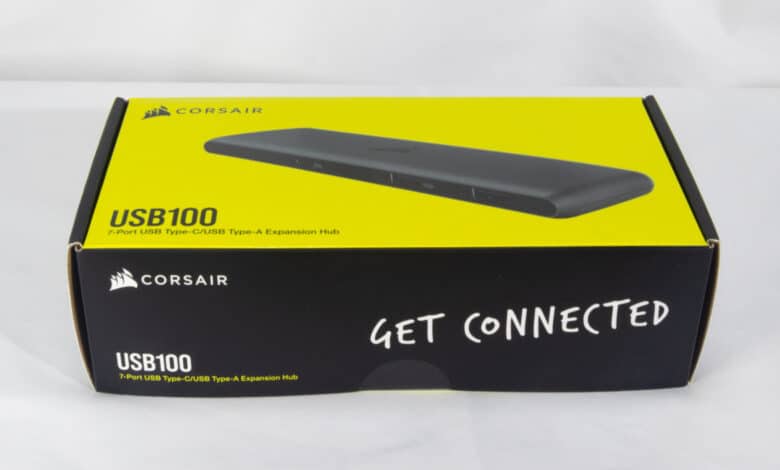
Of the four USB hubs offered by Corsair at the time of testing, the USB100 is the most affordable model. For this price, it offers a total of seven USB ports with a fast transfer rate of 5 gigabits per second and partially increased power of up to 15 watts for fast charging of connected devices. It also comes with its own power supply and is compatible with Mac and Windows systems.
For our test, we connected the USB100 to a Windows 10 desktop PC and tried out file transfer and mobile device charging on it, among other things.
Technical details of the USB100
| Product type | USB hub |
| Warranty | 2 years |
| Operating systems | Mac OS 10.1 or newer Windows 10 or newer |
| Power supply | Up to 15W for front USB-C ports. up to 7.5W for front USB-A ports |
| USB ports | USB-A SuperSpeed 5Gbps (4), USB-C SuperSpeed 5Gbps (3) |
| Price | € 98.06 * |
Packaging and scope of delivery of the USB100
- 1x USB-C Hub
- 1x 1m USB-C to USB-C cable
- 1x 65W power adapter
- 1x power cord
Design and finish of the USB100
In total, the case of the USB100 from Corsair has nine ports, which we include the power connector and the USB-C port for connecting to the main device (Mac, PC, laptop).
The USB100’s seven USB ports are spread across the front and back of the case. Three of the ports are Type C, and four are Type A. Two of the front-facing Type A and C ports are used not only for data transfer but also for faster charging of connected devices, for which they are equipped with more power than the other ports, namely 7.5 (Type A) and 15 watts (Type C).
The hub comes with a USB-C connection cable (Type C to C connector) for connecting to a Mac or Windows system. Depending on the usage scenario, the cable can quickly turn out to be too short with a length of only one meter; at least another half meter would have been desirable here. If the PC or Mac system does not have a USB-C port, a suitable USB adapter (Type C port to Type A port) would be necessary for the connection. Here, you have to pay attention to a high speed so that the adapter does not become a bottleneck.
The slim and relatively lightweight hub case is made of rough plastic with a graphite look. Our test model was flawlessly manufactured in terms of quality. All USB ports fit well and had minimal play, and no wobbly contacts were revealed during operation. Two elongated rubber soles on the case’s underside provide slip resistance.
The 65W power supply is larger and heavier compared to the filigree hub itself. The same goes for the included power cord, which is generously sized at about 1.70 meters and could easily be used for a PC or monitor in an emergency. Accordingly, the hub’s power supply is solidly equipped and leaves nothing to be desired.
Operation of the Corsair USB100
Transferring files between devices
At up to 5 gigabits per second (625 MB/s), data can theoretically be transferred to connected devices, provided there are no bottlenecks in the system. In the confusion of the USB jungle, it is not always entirely clear which plugs and adapters meet which requirements. Blue colored plugs or sockets usually signal USB-3 technology, and this is exactly what is needed to fully utilize the USB100.
Unfortunately, even the new Type-C port does not guarantee a high transfer rate, and this is exactly the problem we initially encountered during our test. Due to the lack of a working USB-C port on our test PC, we used a simple Type-C to Type-A USB adapter, which unfortunately only delivered low transfer rates. Only after we had purchased a suitable internal adapter for our motherboard, we could connect the USB100 to the USB-C port of the front panel of our PC case and achieve higher speeds.
We did not use any high-end devices for our test, but two USB 3.0 sticks and two portable USB 3.0 hard drives. In order to use the USB100 to its full potential, we connected our four data carriers to it and ran a file benchmark on all of them at the same time via the HD Tune Pro software. All four devices achieved the values from their individual tests, which were between 100 and 123 MB/s. Combined, we were able to transfer about 450 megabytes per second between the PC and the storage devices. The hub could probably only be exhausted with several high-end data carriers that are read or written with several hundred MB per second at the same time.
Even during longer transfer processes, individual areas of the case didn’t get more than lukewarm.
Charging portable devices
We chose a Samsung smartphone with a micro-USB socket as the test device for charging portable devices. For comparison, we used both its normal and fast charging modes and different cable and port types on the hub or the original charger. We estimated about 10 to 15% battery capacity as a starting point for a charging process. The charging time listed below was then estimated by the smartphone after a few seconds and turned out to be lower in real terms. The times listed below are the estimates.
If the smartphone was connected via a normal USB port (type A) via charging cable, the charging process was interrupted every few seconds as long as the screen was off or the lock screen was active. This could be remedied by unlocking the smartphone, but the screen had to remain active for that.
Test device: Samsung smartphone
| Device | charging mode | charging time [Charging cable] |
charging duration [Data cable] |
| Original charger | Normal | 1:30 hr | |
| USB100 Type-A (rear) | Normal | 1:30 hr | 5:50 hr. |
| USB100 Type-A (front, 7.5 watts) | Normal | 1:30 hr | 3:10 hr. |
| Original charger | Fast | 1:30 hrs | |
| USB100 Type-A (rear) | Fast | 1:30 hr | 5:50 hr |
| USB100 Type-A (front, 7.5 watts) | Fast | 1:30 hr | 3:10 hr |
The charging time with the USB100 was extremely short using a USB charging cable and on par with the original manufacturer’s charger. The port type used (front/rear) did not seem to play a role here, at least not on our review unit. In contrast, the time difference between the front and back ports was clearly present when using a USB data cable. Normal and fast charging modes of the smartphone did not affect the estimated charging time in either case, but the real times might have been slightly different.
Conclusion
The USB100’s build quality was satisfactory all around, as was the power supply provided by the AC adapter and a sufficiently long power cord. The included USB-C cable could have been longer, however, and the possible uses might be limited here.
High data transfer rates, at least when using adequate hardware, and sufficient charging current for quickly charging mobile devices, are both things we can attest to with Corsair’s USB100. If you want to use the hub to its full potential, you should use fast data carriers (e.g. SSD) and current USB 3 interfaces in as many places as possible. A correspondingly fast USB-C port should also be available on the Mac or Windows system used, or a suitable USB-C to USB-A adapter if such a port is missing.
Of course, the USB100 can also be used wonderfully for connecting other peripherals that are less power-hungry. However, there are also much cheaper hubs available for this, especially if you can still do without USB-C. For users who, on the other hand, often want or need to shovel large amounts of data and don’t want to endure excruciatingly long wait times, the Corsair USB100 is an excellent choice for adding seven powerful USB ports to an existing system in a visually appealing way.
Corsair USB100
Workmanship
Hardware
Performance
Value for money
93/100
Slim seven-port hub with solid power supply and very good workmanship. Enables high transfer rates and fast charging of mobile devices with the corresponding hardware. The connection cable could have been longer.



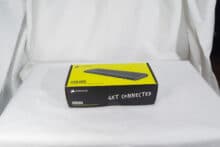
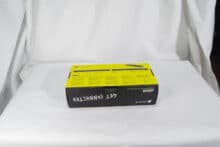

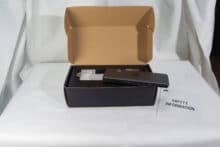


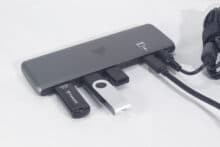
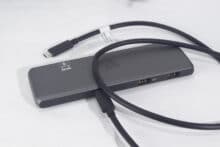

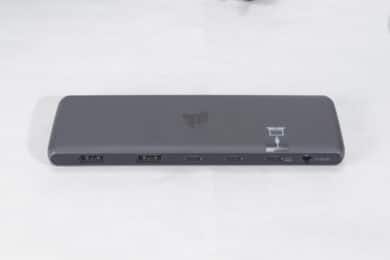
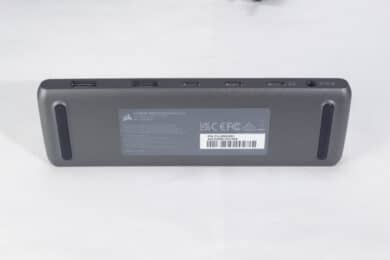

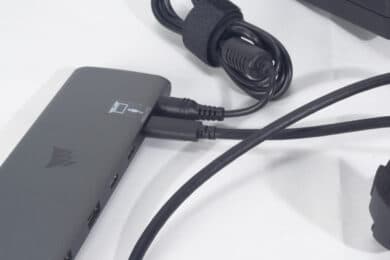

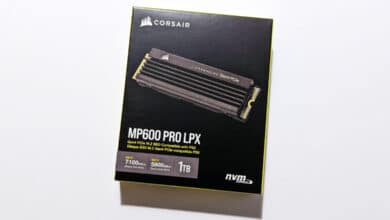

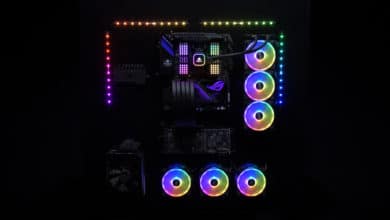

No replies yet
Neue Antworten laden...
Neues Mitglied
Beteilige dich an der Diskussion in der Basic Tutorials Community →